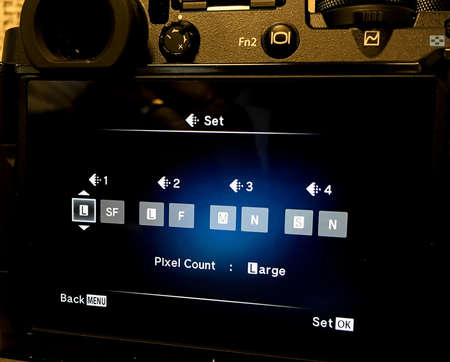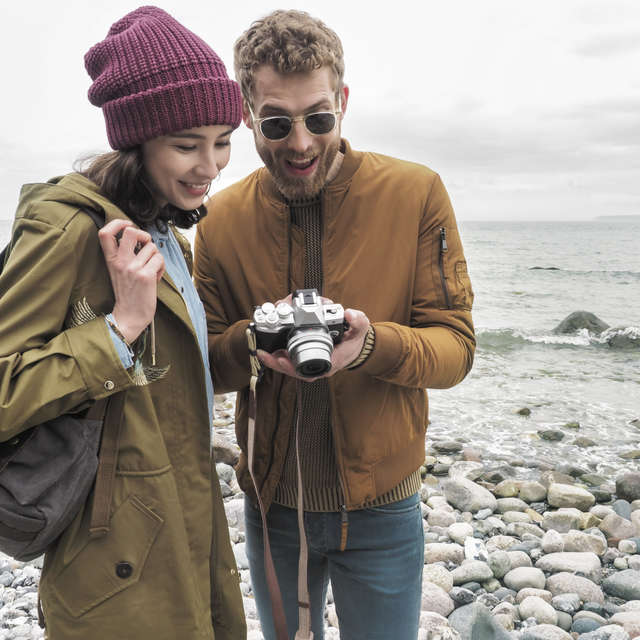The SuperFine JPEG setting is one of the hidden gems within the Olympus menu - and it's easy to activate it on your camera. When you are looking for the highest quality JPEGs as possible, you are going to want to make sure you have the SF setting activated alongside your L setting.
It’s easy to find and adjust once you get into your Custom Menu system on your OM-D or PEN cameras. Start by getting into the menu system and toggling down to Custom Menu G > Modify JPEG record modes. (A)
Next you will confirm by selecting OK on your arrow pad on the back of the camera body. This will open the Set icons. (B)
Now that you see the icons you will be able to select SF – SuperFine, L – M – S. The left boxes represent your resolution and the right ones represent the quality. After you have selected your new JPEG recording modes remember to select OK and back out of menu. I always suggest go back into what you just changed to be sure the settings took place.
Now when you go into your Super Control Panel by selecting OK from your arrow pad you toggle to the recording mode.
You should notice you have the new LSF option to select from. The SuperFine version of your JPEG will deliver a larger file in size because it offers the least compression applied to the image within the camera. This gives you just that bit more of the original image. If you shoot RAW you now have the best of both worlds. The original RAW and the best possible JPEG rendered within the camera.
Why I would suggest doing this? Since I have been shooting more and more with my PEN-F I find myself keeping the JPEGs more often then ever. I still shoot in RAW + JPEG but with the PEN-F’s Color and Monotone Profile Controls I find the JPEGs are awesome and have such detail. Because I want to keep the JPEG of the image I want the least amount of compression applied within the camera in case I need to recover things like highlights or shadows. See the samples below where I recovered just a bit of highlights using the LSF JPEG image.
These images were over and under exposed on the originals. I shot in a monotone profile and wanted to keep that feel but needed more detail in the highlights and shadows respectively. I was able to get that with the LSF image as compared to an LF image. It’s not a huge difference, but when trying to capture more of the highlight or shadow data the LSF file gives you a better opportunity.
It also cuts down on my post processing time because I am not going back to my RAW and trying to recreate the mono profile I had on the PEN-F which increases my time with the camera being creative which is the reason I am shooting to begin with. Anything that helps keep me in the streets looking for that one great shot and not in front of a computer processing shot after shot is what I am looking for.
Give this hidden tip a try today and let me know how it works for you.








